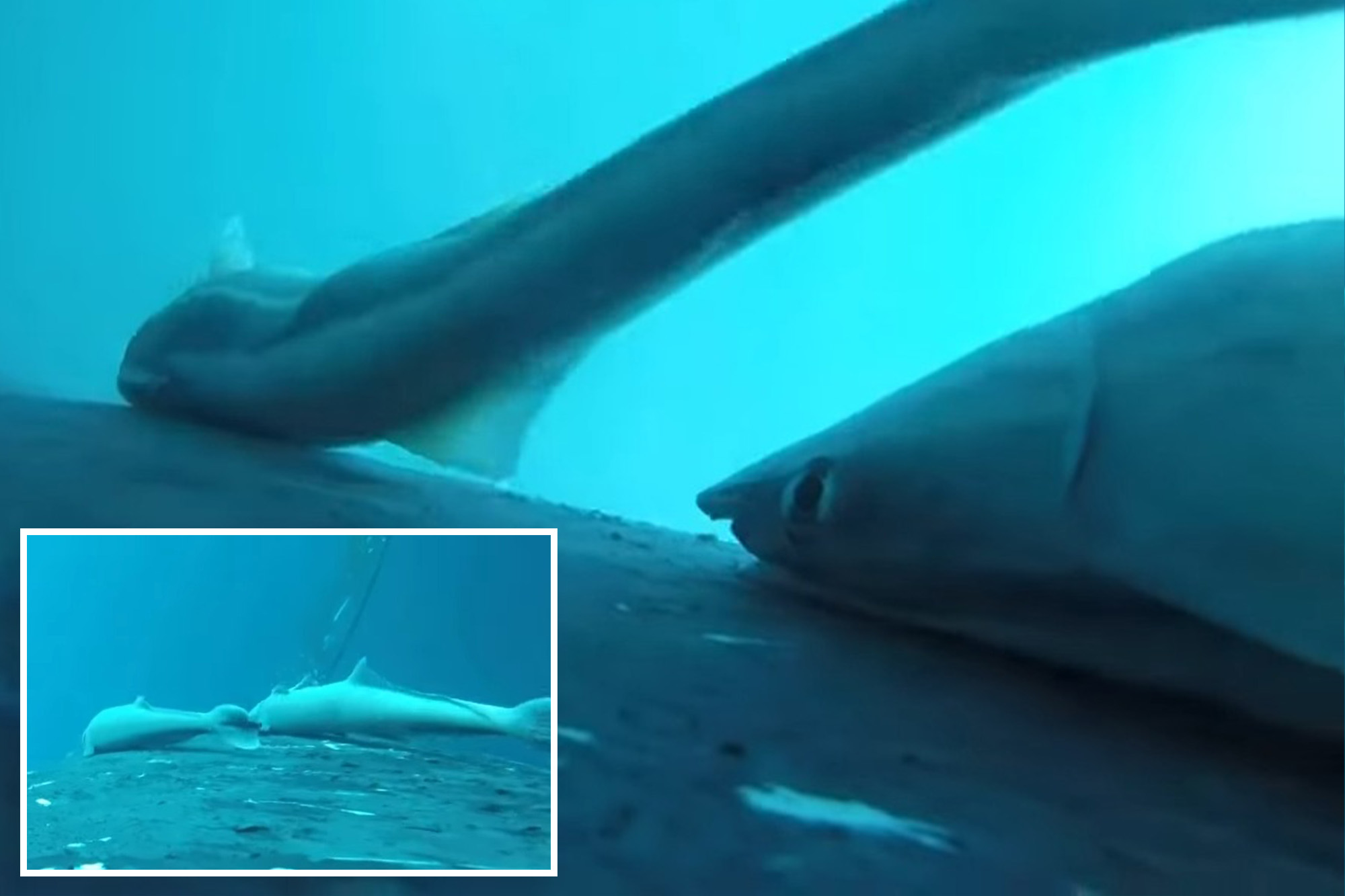Scientists off the coast of Australia have captured rare footage showcasing the unique relationship between remora fish and humpback whales. The video reveals these freeloading fish engaging in what can only be described as a high-speed joyride, peeking away from their whale hosts moments before the whales breach the surface.
A Glimpse into Marine Behavior
The footage was recorded by Olaf Meynecke, a marine scientist from Griffith University, who initially aimed to study whale behavior during their annual migration from icy Antarctic waters to the warmer seas off the coast of Queensland. During this period, approximately 40,000 humpbacks travel along Australia’s so-called humpback highway, a migratory corridor that stretches over 10,000 km (6,000 miles).
Meynecke placed suction-cup cameras on the humpbacks, which not only recorded the majestic creatures but also captured the antics of the remora fish, known for their adhesive heads that create a vacuum seal, allowing them to cling onto their whale hosts. In groups of up to 50, these fish exhibited remarkable timing, letting go of the whale just before it breached and returning to the same spot seconds later.
A Unique Relationship
Remora fish, also referred to as sucker fish, thrive on the dead skin and sea lice of their much larger hosts. This relationship is generally considered mutually beneficial; however, Meynecke’s observations suggest that the whales might find their passengers bothersome. He noted instances where whales with a significant number of remoras would breach repeatedly, seemingly attempting to rid themselves of the clingy fish.
“It appeared that they’re trying to just get rid of some of these remoras and they were checking whether they had less after they breached,”
Meynecke explained. This interaction raises questions about the true nature of their relationship and whether the whales tolerate the remoras or actively seek to dislodge them.
The lifespan of remoras is relatively short, typically around two years. As such, their journey alongside the humpbacks may not last the entire migration. Meynecke speculated, “I suspect that the majority would probably leave at some point, maybe in temperate waters, but then where do they go? Do they find other species that they can then use as a host?”
When not hitching a ride on whales, remoras can latch onto other large marine creatures, including manta rays and even divers, much to the chagrin of those who find themselves on the receiving end of these persistent hitchhikers.
This fascinating footage not only highlights the intricate dynamics of marine ecosystems but also serves as a reminder of the often-overlooked behaviors of lesser-known sea creatures like the remora fish. As researchers continue to delve into the behaviors of both whales and their accompanying passengers, new insights into marine life and its complexities will undoubtedly emerge.







